Dundee drag artist Dandelion is a walking contradiction.
At just 18 years old, the self-made star should be scrabbling at the beginning of her career, but already she’s taking the Dundee drag scene by storm.
From sewing her own costumes and styling her own wigs to choreographing her own numbers and perfecting her make up skills, Dandelion is – as the name suggests – one of the fastest-growing and most tenacious local talents.
After starting off doing digital shows at the height of the Covid pandemic and hopping on buses to Glasgow and Edinburgh to attend age 14+ drag shows, she now performs up to three paid shows a week, including in city venue Church where Drag Race UK legend Ellie Diamond’s legacy began.
And last weekend, Dandelion was out in full bloom, performing on the Dundee Pride main stage at Slessor Gardens.
I spoke to Dandelion ahead of Dundee Pride, about drag, gender, and finding a place to grow even in the harshest of conditions.
“I love Pride. Pride makes me so, so happy every year, to just be surrounded by other queer people,” gushes Dandelion ahead of the event.
“Even when, inevitably, people do turn up to protest and are like ‘you queers are weird’, we’re all so happy that we just laugh at it.”
But rewind just four short years to 2019, and that picture was very different. ‘Dandelion’ in her current form didn’t even exist yet.
Instead, huddled in a bedroom with a cheap make up palette and an Amazon wig, was 14-year-old G McCallum: a kid from Stirling with a massive dream – to do drag – and even bigger fears about what it would mean to pursue it.
‘A lot of people just don’t identify with gender’
“When I started drag, I was very much like ‘I don’t know if I’m allowed to be doing this, if this is something I should be doing’,” admits G, who sits in front of me with a fresh face and a close-cropped buzzcut – the antithesis of dolled-up drag persona Dandelion.
The hesitation arose, G explains, because they were assigned female at birth and lived their childhood as a girl.
Since drag traditionally involves cross-dressing, with men dressing as women to be drag ‘queens’ and women dressing as men to be drag ‘kings’, G wasn’t sure where they fit in.
Can girls, they wondered, even be drag queens?
The questioned turned out to be moot, because during the 2020 lockdown, after experimenting with drag make up at home and finding kinship in the queer community, G came to terms with a fact they had been too afraid to face for their entire life.
“I’m not a girl. I’ve never been a girl. I don’t feel like a girl,” says G candidly, explaining how they realised they were trans non-binary, meaning they do not identify as either a man or a woman.
“Obviously most people are familiar with trans men and trans women, but there are a lot of people that fall somewhere in the middle or just don’t identify with gender at all,” explains G.
At this point in the conversation, I notice a tattoo on G’s upper arm of a two-headed calf, and wonder if it references Laura Gilpin’s poem about a doomed ‘freak of nature’ who sees ‘twice as many stars’ as usual due to its differences.
I find out afterwards that it does.
“For me, I identify as transmasculine, which is sort of non-binary but more towards the masculine end of the gender spectrum,” continues G.
“But I think gender as a concept is quite useless.”
‘It would cause arguments at the dinner table’
During high school, G found that going through puberty and developing a female body came with a heavy dose of dysphoria – a sense of mental discomfort caused by feeling like one is in the wrong body.
“As soon as my body started changing, I was just so uncomfortable about it,” they reveal. “I just thought: ‘This is not how I’m supposed to look, it’s not what I feel like’.
“I remember getting my first training bras and hating it, thinking it was wrong.”
But it took several years of reflection – and a lot of vicious school bullying endured – before G felt able to come out to their “chosen family” and their mum as trans.
“When I realised it was dysphoria that I was feeling, it took a while to actually come to terms with it, because it was such a scary thing to admit to myself,” says G, who now regularly wears a chest binder to ease that sense of discomfort .
“It took me ages to even think about bringing it up to anyone else because I was so scared of what the reaction was going to be. But I also realised that I’d felt that way for literally as long as I can remember.”
Fortunately, G’s mum was “so supportive”, and immediately adopted G’s preferred they/them pronouns, as well as helping her child look into gender affirming healthcare.
But the rest of their relatives, they reveal, haven’t been told as “it would just cause arguments at the dinner table”; a situation that many young queer people will no doubt find relatable.
‘What are you underneath all this?’
Outside of their family home, G lives a life that is authentic and joyful – but difficult.
Firstly there is the random, low-level hate, which at the tender age of 18, G is heartbreakingly hardened against.
“There was one time, funnily enough in Dundee, that somebody threw a sausage roll at me in the street,” they say matter-of-factly.
“But apart from that it’s usually just comments, slurs, stuff like that. Most of the time I just put my headphones in, so I’m like ‘I can’t hear you’.”
Then there’s the interrogations, and invalidations, of which G says there are many – even within the accepting queer community.
“I once had an experience with somebody at a drag show where they came up to me and started questioning me, like: ‘What is this? What are you underneath all this? Why are you doing this?’” G says wearily. “It’s really invasive.
“And as for all these people saying trans people are doing it for a trend: Who wants to do a trend that’s going to get you hate-crimed on the street? Who is doing that?”
Finally, there is the physical discomfort, which G describes as a constant hyper-awareness of their own body.
“Even sat here right now, I’m aware of how my voice sounds, I’m aware of how my body actually feels, and it does make me feel uncomfortable, because it’s not how I feel I should look and sound,” G admits.
Faced with “absolute mayhem” when they tried to access gender affirming care on the NHS, with waiting lists “years long for initial appointments”, G is now raising funds to help them access hormone therapy and top surgery (a double mastectomy) via private healthcare.
The road ahead is long, with top surgery costing around £8,000 and hormone therapies amounting to “hundreds of pounds per month”, meaning G is bracing for many more years in a state of dysphoria.
But ironically, the time they feel most at peace and comfortable is when they are performing as the hyper-feminine, bimbo-fied Dandelion.
People think ‘you didn’t need to do drag’
“I find, with my drag, it’s sort of a way for me to express that feminine side that I don’t feel comfortable expressing out of drag,” says G.
“I know people might find it difficult [to understand], because they might think ‘you didn’t need to do drag, you could’ve just stayed a female and presented like that’,” G goes on.
“But I would not feel comfortable dressing the way Dandelion dresses out of drag. In my head, she is the polar opposite of me, because I don’t feel feminine whatsoever.”
It seems apt then that Dandelion – named for the flowers which “can grow in places where other one’s can’t” – is a product of G’s search for acceptance and safety in a binary world.
“People see them as weeds but they’re actually really important, and they’re some of the strongest flowers,” says G proudly.
“And through a childhood where I was bullied quite ruthlessly at school for being queer, I feel like that’s a beautiful metaphor for how I’ve come out the other side and found a place for myself.
“I’ve managed to grow even in that hard place.”
David Bowie is G’s biggest inspiration
Now G, as Dandelion, is on a mission to prove that when it comes to art, gender is irrelevant. Their inspiration, they reveal, is androgynous icon David Bowie, whose alter ego Ziggy Stardust was famously separate from himself.
And as far as G is concerned, if the world could embrace Bowie, it can certainly do the same for Dandelion.
“[Bowie] was obviously so famous and was able to have that good reputation while still presenting androgynously and doing all these different, cool make-up looks and expressing himself,” G points out.
“Why is this different?”
And to drive the point home, they use their self-taught make up skills to turn Dundee’s most unlikely candidate into a drag queen for the day: me.
Watch Rebecca become a drag queen
Over the course of two hours, G transforms me – Rebecca, a cis woman, and a pretty girly one at that – into an overblown, cartoonish character they christen ‘B-Joold’ (due to my love of the Taylor Swift song Bejewelled).
There is unimaginable amounts of layering, skill and precision to the process. By the end, my face is not my own, caked in colours and contoured to some other person’s shape.
And as G teaches me how to ‘pose like a queen’, I understand that as a woman, I don’t have to transition to be transformed by drag. Rebecca is gone; B-Joold reigns.
I am somehow a woman pretending to be a woman, and it makes complete sense.
Finishing with a flourish, G declares: “See, drag is for everyone! Drag is for you.
“You do not need to be any specific gender or skin colour. Drag is literally just an art, like painting or singing.
“I have a friend, a drag king, who is a straight, cis woman who does drag.
“There is space for everyone – whether as an audience member or if you want to experiment with drag, as long as you’re respectful, there’s room for everyone.”
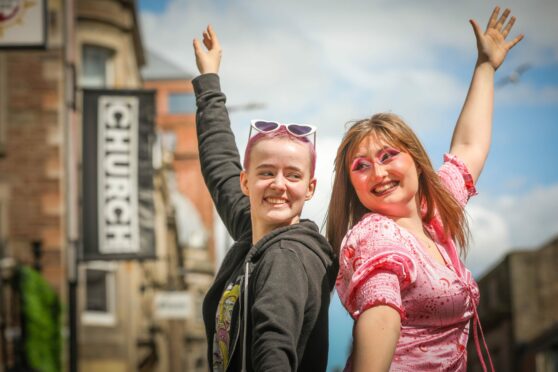

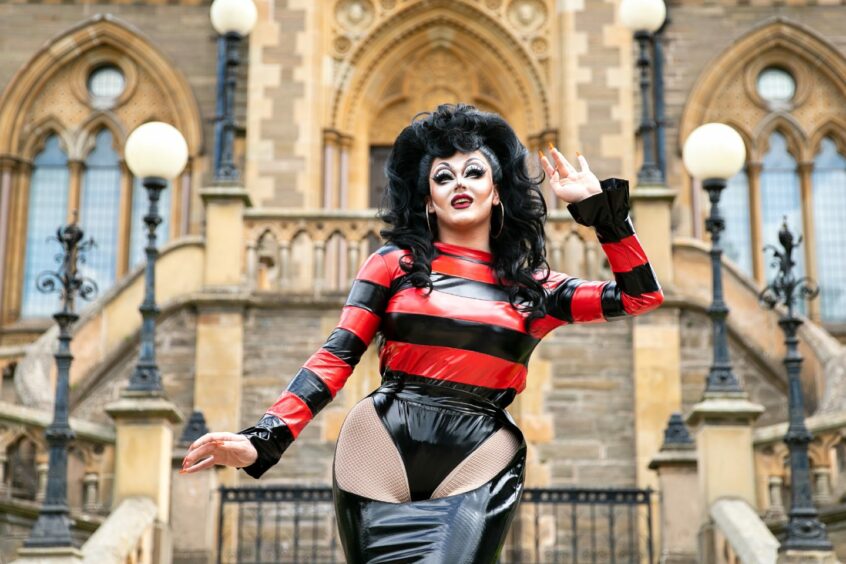
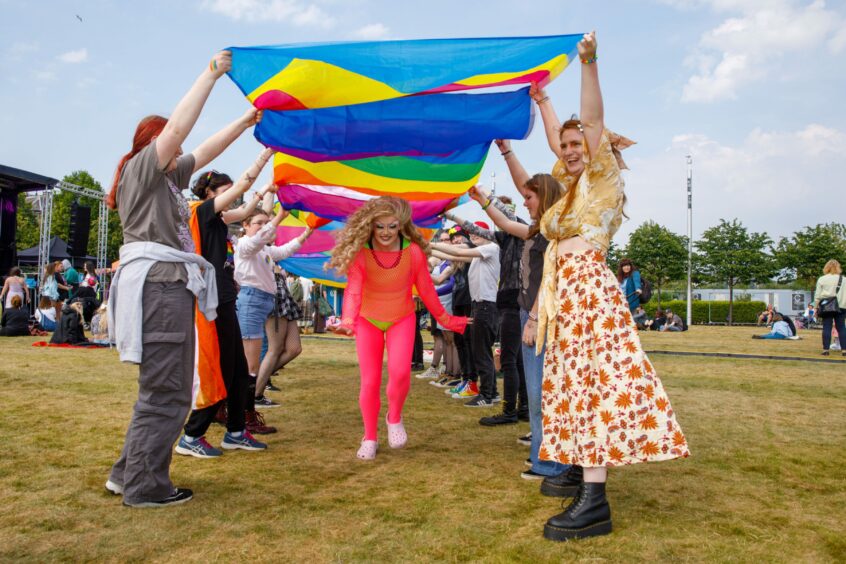
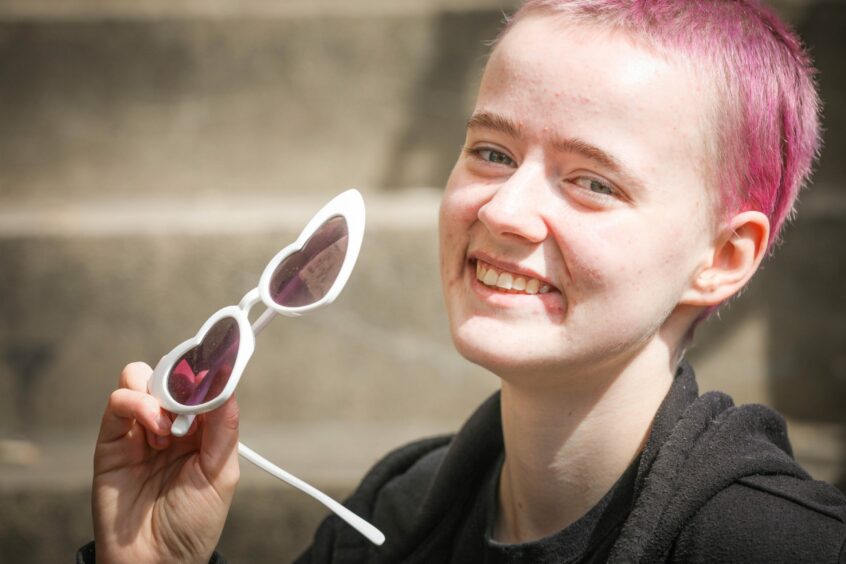
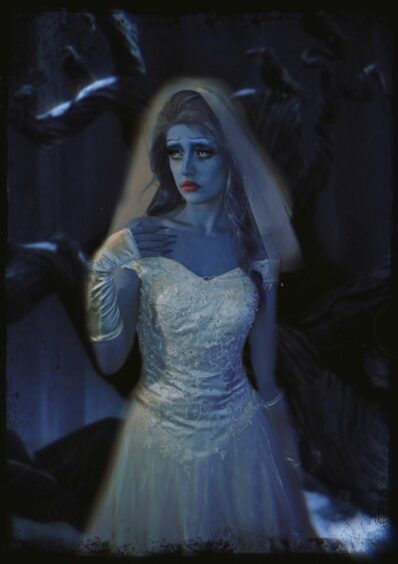
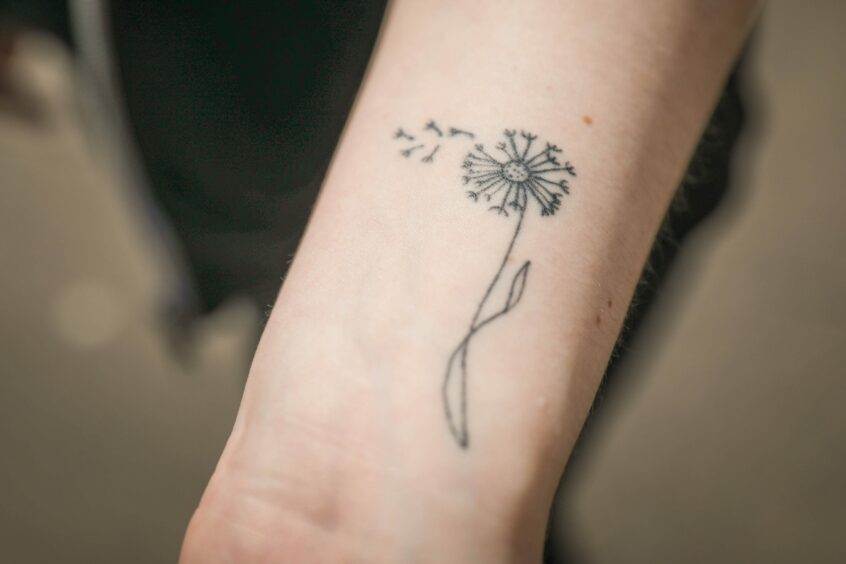
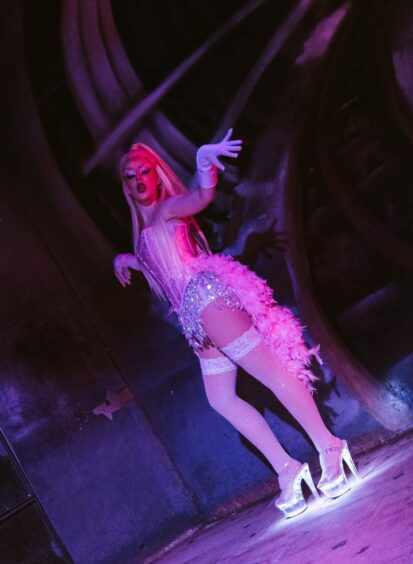
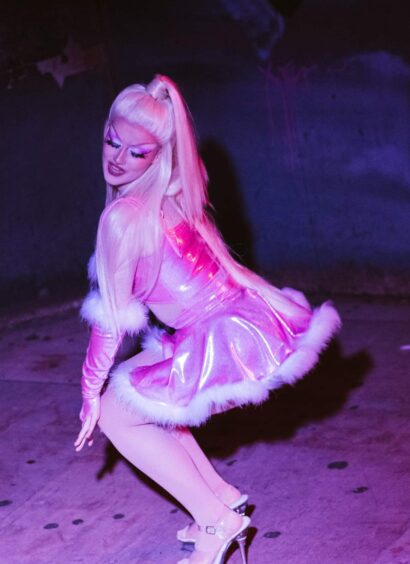

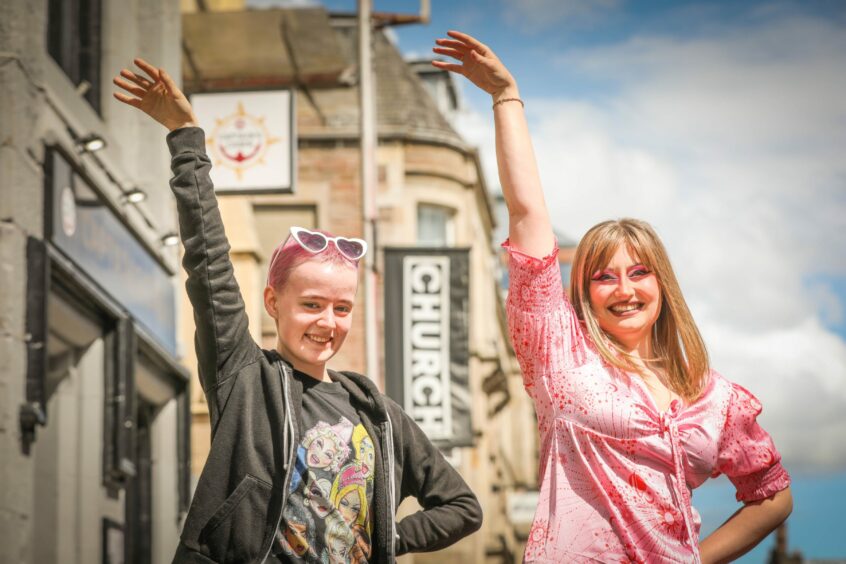
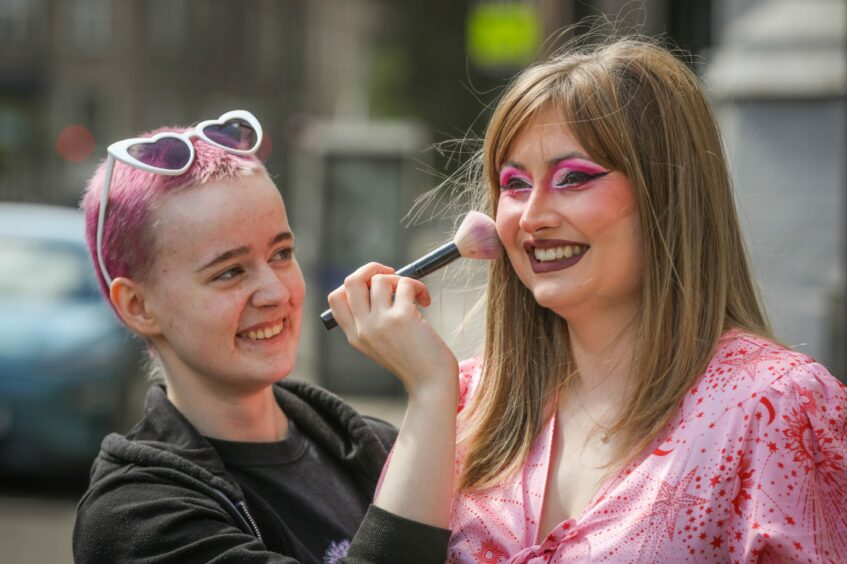






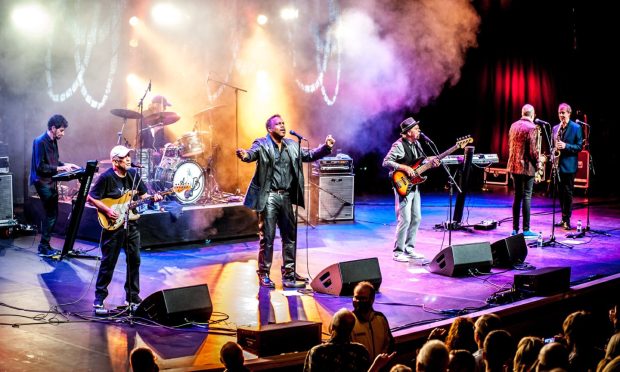



Conversation